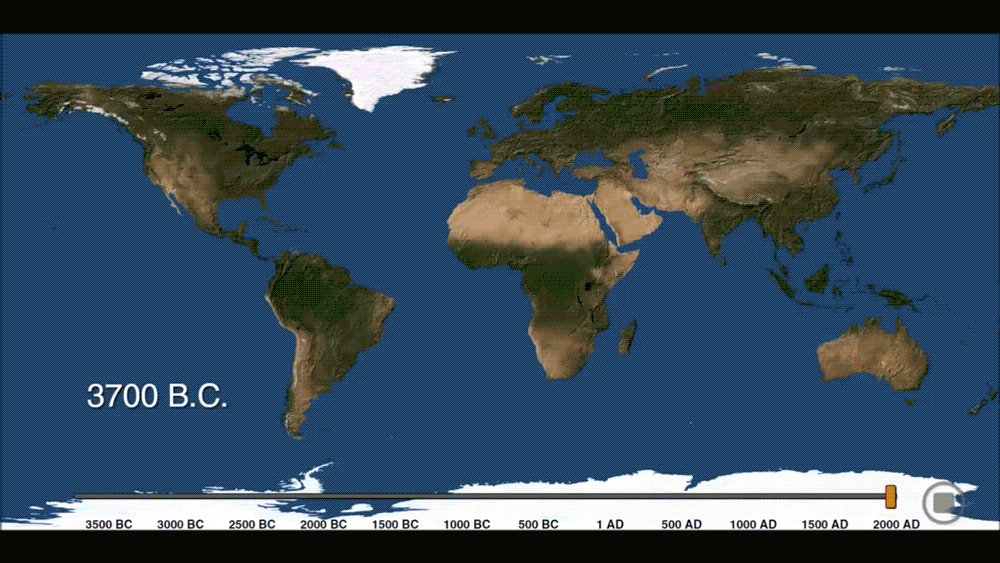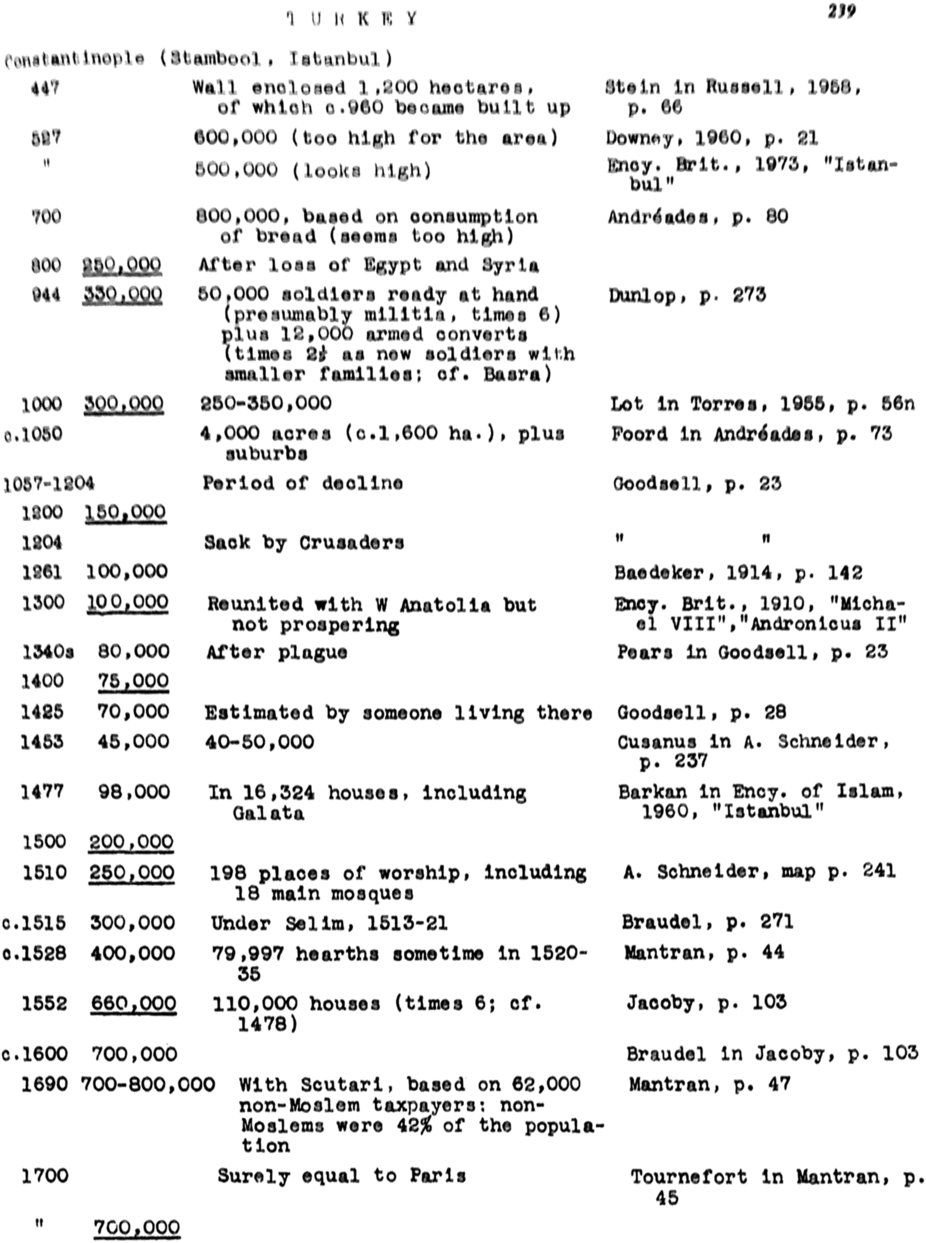
How were cities distributed globally in the past?
How many people lived in these cities? How did cities influence their local and regional environments? In order to understand the current era of urbanization, we must understand long-term historical urbanization trends and patterns. However, to date there is no comprehensive record of spatially explicit, historic, city-level population data at the global scale. Here, we developed the first spatially explicit dataset of urban settlements from 3700 BC to AD 2000, by digitizing, transcribing, and geocoding historical, archaeological, and census-based urban population data previously published in tabular form by Chandler and Modelski. The dataset creation process also required data cleaning and harmonization procedures to make the data internally consistent. Additionally, we created a reliability ranking for each geocoded location to assess the geographic uncertainty of each data point. The dataset provides the first spatially explicit archive of the location and size of urban populations over the last 6,000 years and can contribute to an improved understanding of contemporary and historical urbanization trends." - Spatializing 6,000 years of global urbanization from 3700 BC to AD 2000
Below, a speedy GIF I made condensing the 6,000 year progression into just a few seconds...


Validating and tabulating population data is an arduous task, here’s an example, below:
“Sample page of Chandler’s Data Sheets for Ancient Cities section, which is the main section of both city population values and a description of their origin. The first column indicates the year of the population estimate, the second—the estimate itself(underlined figures are Chandler’s estimates), the third—the derivation of the estimate, and the fourth—the citation information.”

Finally, check out the full 3-minute youtube clip below:
Note: Payout on this post was declined because I am not the original author / artist of this content. I thought this was just too neat not to share. Here is a link to the original study, which is incredibly comprehensive and fascinating to read. Enjoy!
follow me @voronoi | design collective @hitheryon


